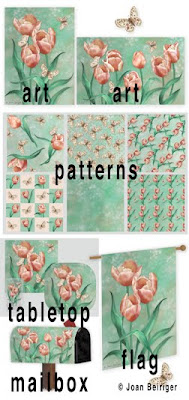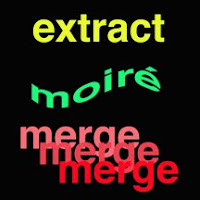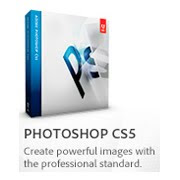 The statement "The beauty of licensing art is that one painting can be licensed many times creating multiple avenues of revenue." is often used when describing the benefits of licensing art. Well in theory that is correct. But it really depends upon the art style, color pallet, what the painting depicts (theme), and how the art is formated. Each manufacturer has different art needs and a painting may not match all their requirements. Thus, every painting an artist creates may NOT be suitable for licensing or even suitable for licensing on multiple products. For instance, manufacturers in the greeting card industry usually want art that expresses an emotional me-to-you response in the consumer. The decorative flag industry wants art that is vertically formatted and highly saturated in color. The jig-saw puzzle industry wants art the does not have a lot of "white-space." The home décor industry normally wants art that have muted unsaturated colors while other industries want saturated colors. Although, art with unsaturated colors may be acceptable for most industries if the theme and art style fit niche markets such as lodge. Read the following articles for more information about art requirements for some industries.
The statement "The beauty of licensing art is that one painting can be licensed many times creating multiple avenues of revenue." is often used when describing the benefits of licensing art. Well in theory that is correct. But it really depends upon the art style, color pallet, what the painting depicts (theme), and how the art is formated. Each manufacturer has different art needs and a painting may not match all their requirements. Thus, every painting an artist creates may NOT be suitable for licensing or even suitable for licensing on multiple products. For instance, manufacturers in the greeting card industry usually want art that expresses an emotional me-to-you response in the consumer. The decorative flag industry wants art that is vertically formatted and highly saturated in color. The jig-saw puzzle industry wants art the does not have a lot of "white-space." The home décor industry normally wants art that have muted unsaturated colors while other industries want saturated colors. Although, art with unsaturated colors may be acceptable for most industries if the theme and art style fit niche markets such as lodge. Read the following articles for more information about art requirements for some industries."Licensing Art to the Greeting Card Industry"
"Licensing Art to the Flag Industry"
"Licensing Art to the Jigsaw Puzzle Industry"
"Licensing Designs to the Quilt & Craft Fabric Industries"
Christmas themed art is used by most industries but other themes may not work for all of them. For instance, birthday themes are important for the paper product industry (greeting cards, gift bags, wraps, and party goods) but not for home décor, tabletop, or linens. Paintings of landmarks, buildings and scenery work well for art prints and jig-saw puzzles. But those themes do not sell well in other industries unless the products are created especially for niche stores such as museums and specialty gift shops, or painted by well known artists like Thomas Kinkade.
So if artists want to maximize the possibility of licensing their art and licensing the art on multiple products, they should make sure that they create art that meets the requirements of as many industries as possible. That means learning what manufacturers want and creating art to fulfill them. Artist Jane Mayday emphasizes this concept in her blog article "Getting Started in Art Licensing."
Artists also need to create art so that it can be reformatted in multiply ways so that it can fit on different product shapes. Reformatting can be accomplished as Jane Mayday demonstrates in her blog article "Spring Has Sprung" by planning art elements before doing the actual painting and then performing minimal Photoshop manipulations after scanning the art. It can also can be done by painting icons and backgrounds, scanning them, and manipulating everything in Photoshop, or lastly creating the art on the computer and manipulating it all in Photoshop.
Comments and suggestions about this article are greatly appreciated. Click on the comment section below to enter your comments.








